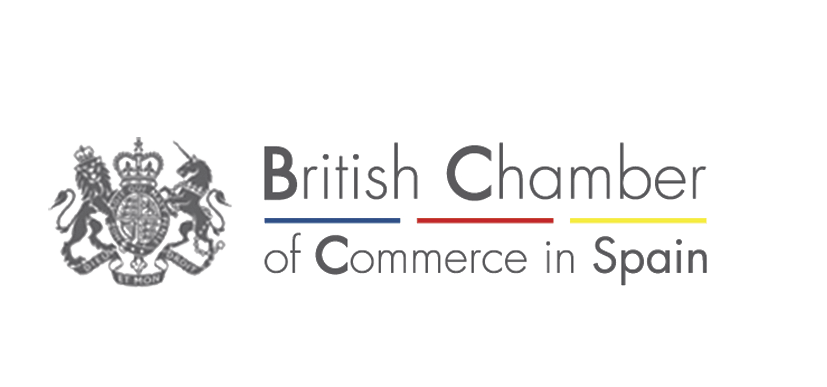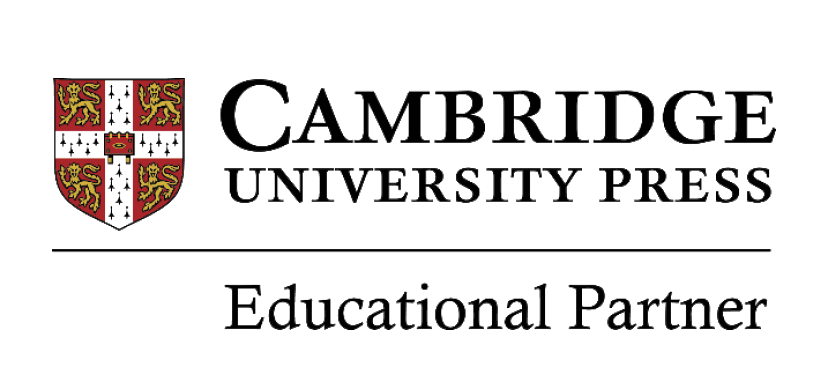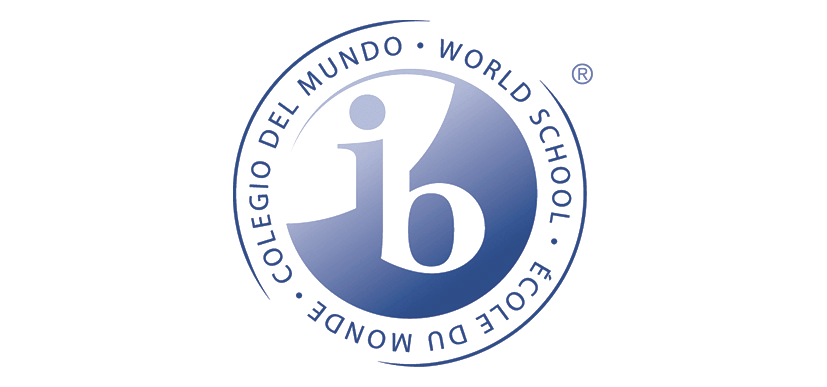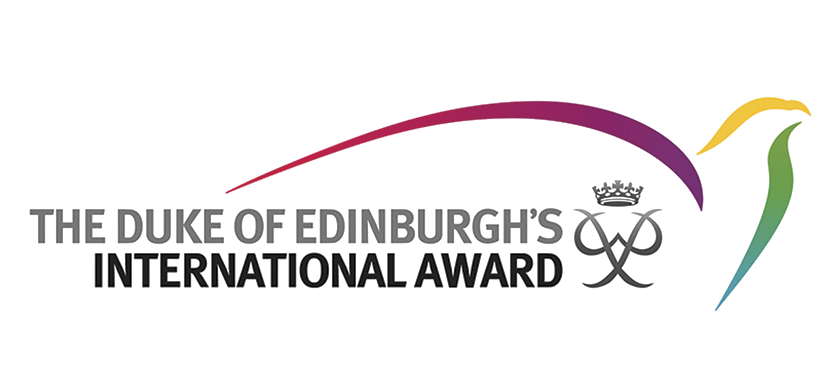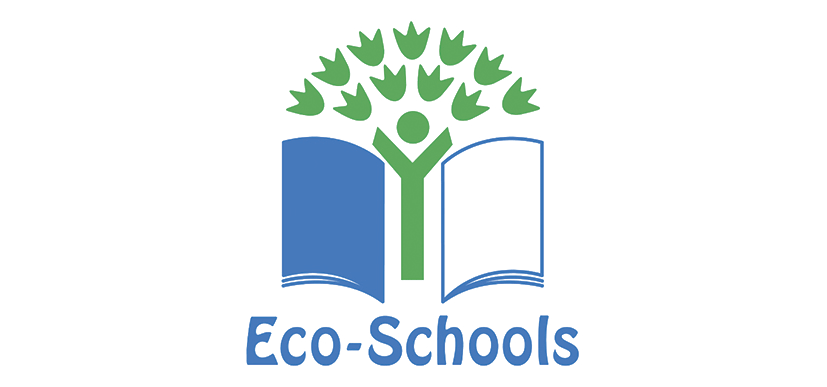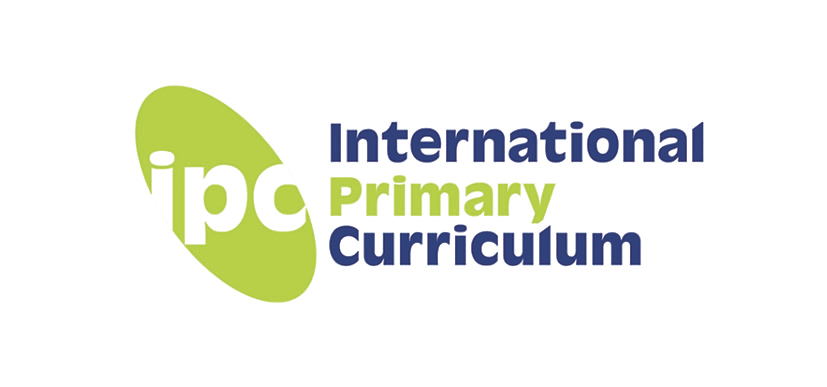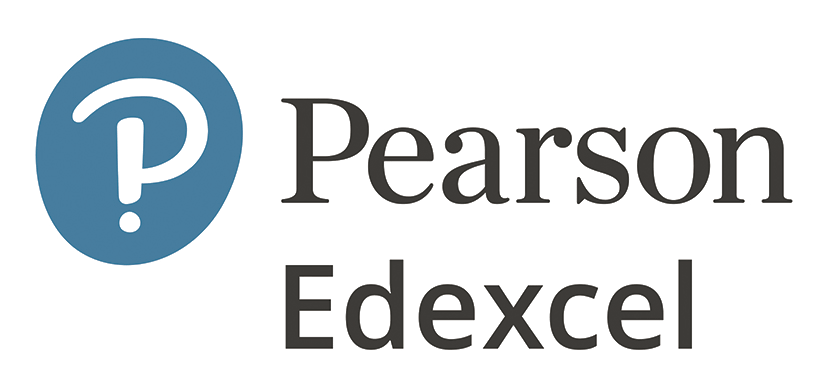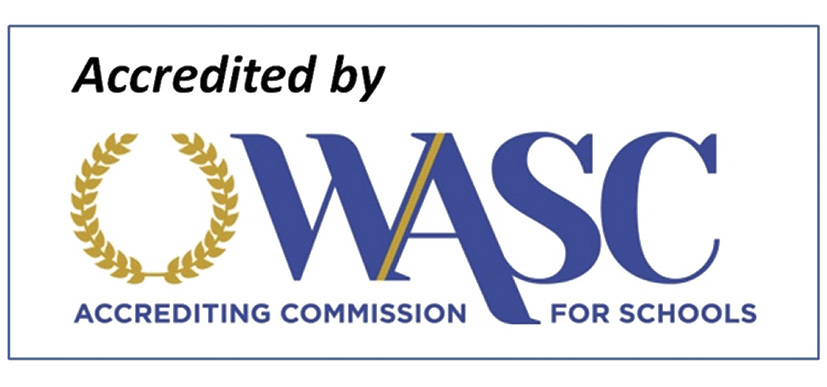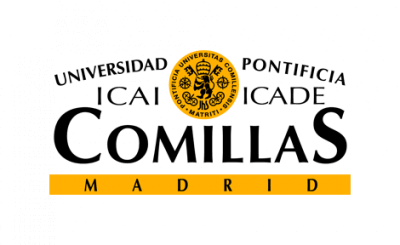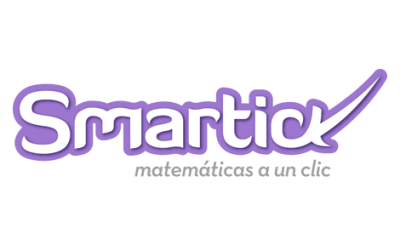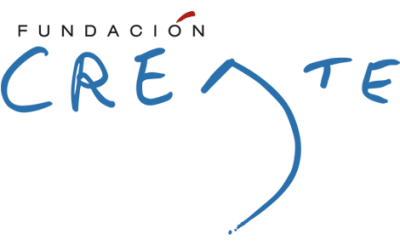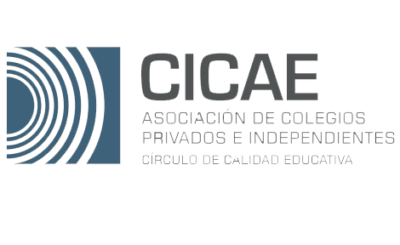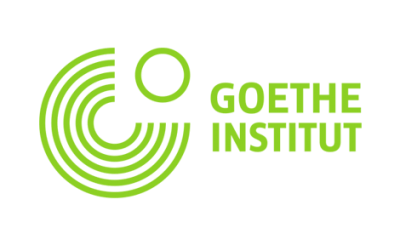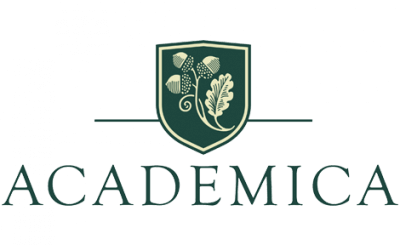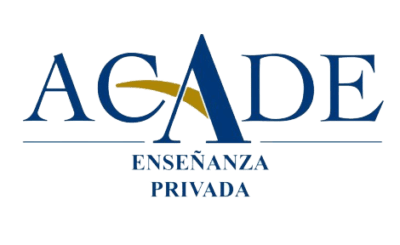What is blended learning, face-to-face and distance education?
The temporary closure of schools in 2020-21 has generated the need to look for new teaching-oriented solutions. Blended learning is a method that takes advantage of the benefits of online education, while maintaining face-to-face classes in certain situations. The blended learning method allows flexible schedules for students and families, while maintaining the quality of teaching.
What is the blended learning method
Blended learning in schools is a mixture of online and face-to-face education. Online education is a method based on the application of new technologies, through different devices the student can learn from his or her home, without the need to travel to the school. This resource has been fundamental to maintain the educational rhythm during the last months, nowadays the centers try to maintain the advantages of online teaching, combined with face-to-face classes.
The blended learning method does not give priority to online education or face-to-face education, it tries to offer the student a mixed education. The objective is based on maintaining the advantages of learning from home, while the student goes to school to take the subjects and activities that require presence.
The need to offer online education
New technologies are very present in our daily lives, however, in the educational aspect its use has been secondary. Due to the situation caused by the confinements, Internet and online teaching methods have been a very important support for the academic community. In the case of schools, it has allowed us to maintain the rhythm of classes, favouring online teaching and direct contact with the student.
Currently many schools are considering blended learning, a mixture of face-to-face and digital classes, however, for this method to be effective it is essential that the school has the necessary digital resources.
Our schools have based their teaching methods on the use of digital solutions, so we are currently prepared to continue offering a quality digital education, reinforced with face-to-face classes. Our goal is to offer a face-to-face and distance education program adapted to the needs of each student.
The advantages of blended learning education
Blended learning, which allows to mix online classes with face-to-face education, has many advantages over traditional education, based exclusively on face-to-face.
- For families, it is a solution to adapt school schedules to their needs and routines.
- B-Learning is designed for a generation of digital natives, students who were born in the Internet era and therefore demand online education to reinforce face-to-face education.
- Online education provides students with resources with which they can deepen their knowledge, solve questions immediately, retrieve content, etc.
- Virtual spaces are not only reduced to the online classroom, there are forums where information can be shared and which are permanently available to students.
- Online teaching also facilitates communication between parents and teachers.
- As it is a blended education, all those subjects that must be taught face-to-face are carried out in the school itself.
- This method encourages student participation.
Blended learning and current educational trends
In recent years, education has incorporated methods based on digitalization, however, the pace of digital transformation has been much slower in education than in other areas. The need to offer the student distance education supports has meant that all educational centers have had to adapt to a new challenge, in our case, we have implemented a teaching model that maintains the advantages of online education, without neglecting the face-to-face part.
There are many activities that, throughout the year, require the presence of the student, however, many of the usual classes can be taught through online methods that allow flexible schedules. Our goal is to develop a blended learning process with which we can offer our students a face-to-face and online method, facilitating work-life balance and learning.
The need for face-to-face hours for the student
It is important to point out that the B-Learning educational method is not only based on digital distance education, unlike other methods that are based on an exclusively digital solution, blended learning maintains a large part of the teaching hours in face-to-face mode.
For both primary and secondary school students it is essential to have socialization processes, based on sharing their school time with people of their age. One hundred percent online education has been a help at times when there were mobility restrictions, but it must be taken into account that a large part of a student’s cognitive development is based on his or her relationships with other students.
The advantage of blended learning is that it maintains part of the face-to-face teaching hours, always supported by digital teaching hours. All the subjects and activities that must be developed face-to-face are maintained, offering the student a blended learning method.
Language learning with the blended learning method
In our educational centers we carry out different language learning programs, based on digital and face-to-face activities. The blended learning method can also be applied to specific parts of the course content, for example language training.
Learning English with the blended learning method means having a permanent digital support, with which the student can learn and improve his learning continuously, while enjoying face-to-face classes in the company of the teacher and other students. In this case we do not try to base the teaching on a digital method, but we use new technologies as a support, favouring the student’s learning.
In our schools we have developed a different teaching method oriented to languages, with the advantages of mixing teaching on digital platforms, with the traditional face-to-face classes.
ISP Schools is a network of 11 private schools in Spain, specialists in British and international education, and part of the International Schools Partnership, one of the largest educational groups in the world, with 50 schools and 45,000 students in 15 countries. We train bilingual students, help them reach their full academic potential, and empower them to adopt an international mindset through innovative learning.
Under this premise, our educational experts have prepared this content as part of the “ISP EDUCATION TALKS” initiative, an useful resource for obtaining information and advice on key issues for the education of our children.
MIKE WEST – Primary Coordinator of Fontenebro School








